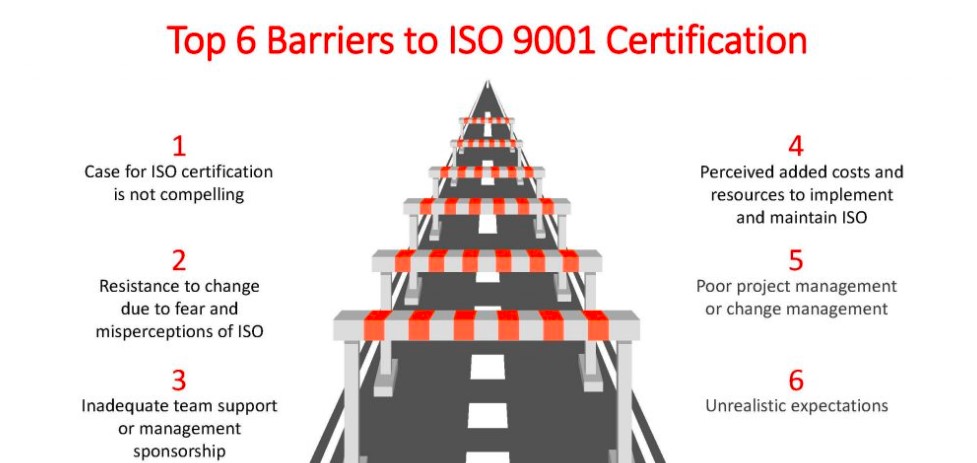You will have probably heard of gap analysis when you start to implement a Quality Management System, (QMS), using the ISO 9001.2015 standard. What is a gap analysis? What is a gap analysis? How do I perform one? These are just a few of the many questions you may have. Here is some information to help you make sense of them.
What’s A Gap Analysis For ISO 9001:2015?
An easy concept is to compare your company’s current performance with the requirements and find out which ones you are not meeting. It does not involve auditing your company to determine if it is doing what you planned. However, the gap analysis involves a paper exercise in which someone with knowledge of the management of your business compares what you do to meet the requirements.
The process would look something like this:
- Use the ISO 9001:2015 gap analysis tool or the standard to conduct a thorough analysis. Have someone familiar with your operations evaluate each requirement.
- Write down the things you do to meet each requirement in the standard. (For example, 7.1.2 refers to the requirement to determine the number of people required for QMS and control. So, how can you hire people to ensure that the work is done correctly?
- Once this has been completed, you can generate a list that addresses the requirements you have not addressed in your company. This is the gap between your current activities and what is needed to create an ISO 9001-2015-compliant QMS.
- The next step is to create a plan for implementing new processes and procedures to meet the requirements of your QMS.
Why Would An ISO 9001 Gap Analysis Be Useful?
An ISO 9001 Gap Analysis Checklist is often useful for companies, particularly if they have elements of a QMS already in place. Automotive and aerospace have had QMS processes for years, long before ISO 9001 was written. These processes will meet many of the ISO 9001:2015 requirements. It may be that gap analysis is more effective if you have more components of a QMS in place than you need. This will help you to identify the missing elements.
If you don’t have a system in place to control your operations or processes, then a gap assessment, particularly a thorough one, might not be of much use. You might not need to create a lot of the processes required by ISO 9001:2015. Instead, you should just get started on your implementation.
The True Benefit Of A Gap Assessment
The real benefit of a gap assessment is the ability to budget for the time, money, and resources needed to implement your QMS by ISO 9001:2015. This is especially useful when you are limited by customer-imposed certification requirements and must adhere to a tight timeline. If your timeline is set by you, it can be helpful to establish a realistic goal for implementation.
You must remember that no matter how fast your deadline may be, it is in your best interests to take the necessary time to implement the procedures and processes needed to meet your requirements. You will end up paying more in the long term if you take shortcuts to get the job done faster. The QMS is yours to use for your business benefit. You want it to be able to improve.


